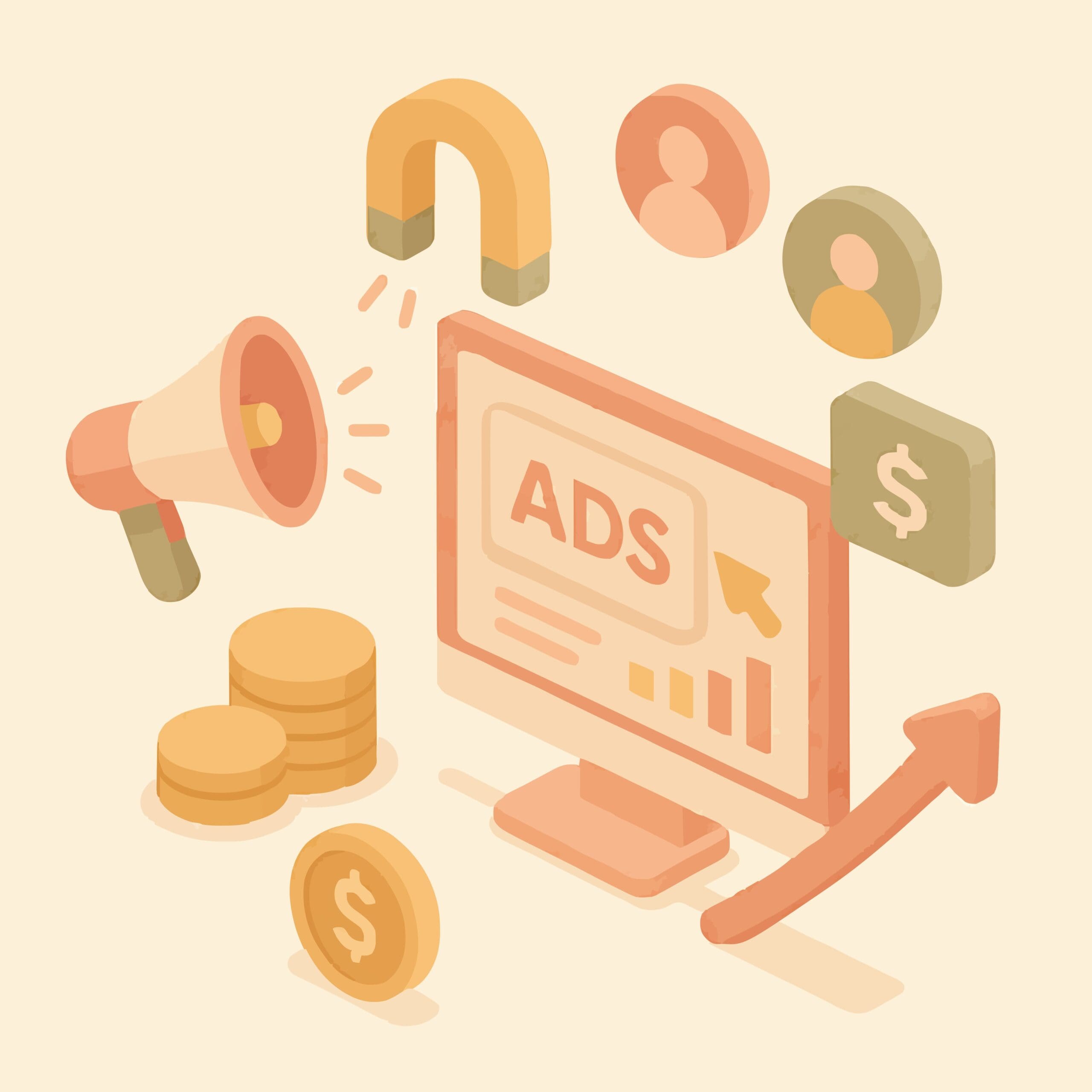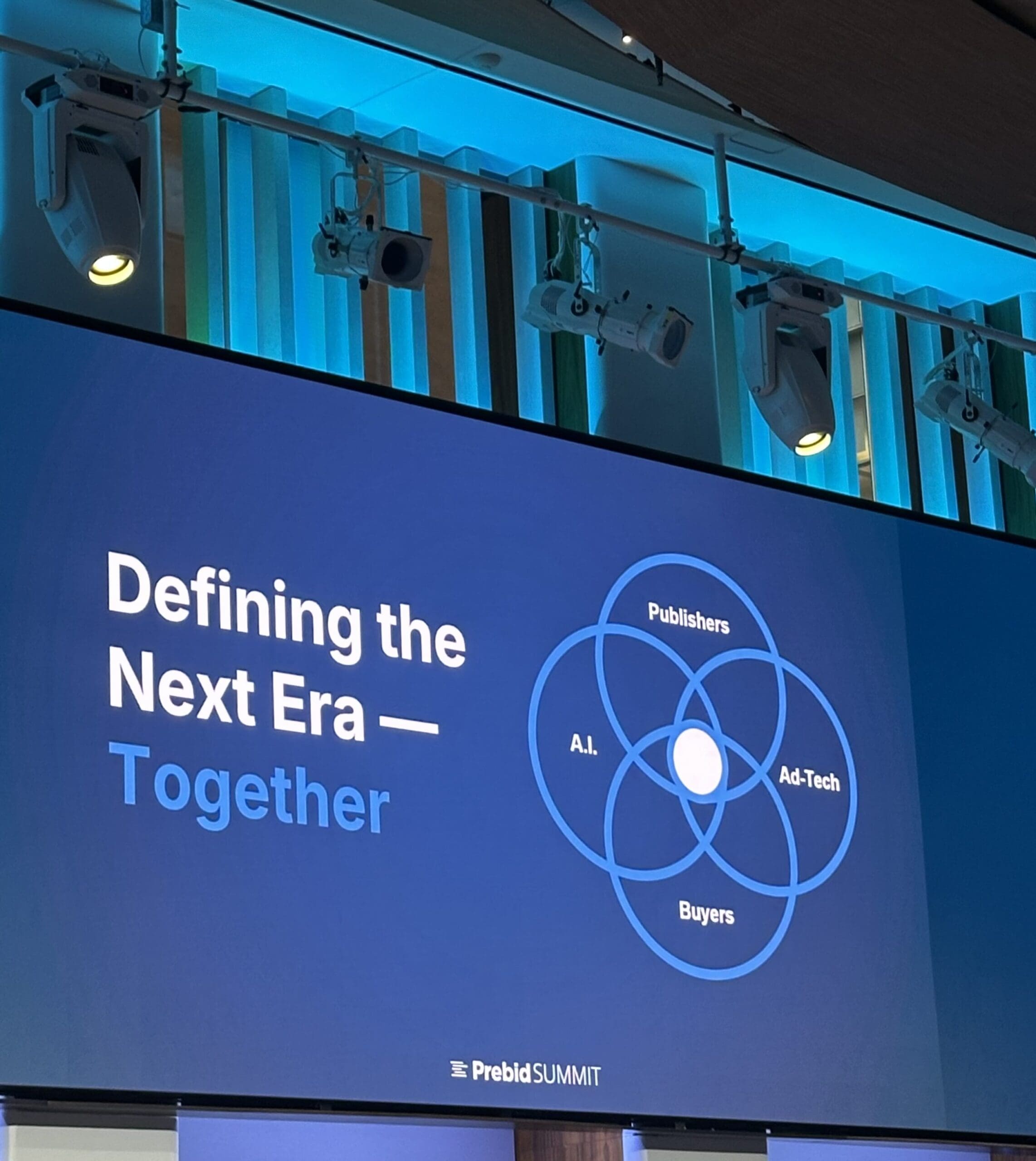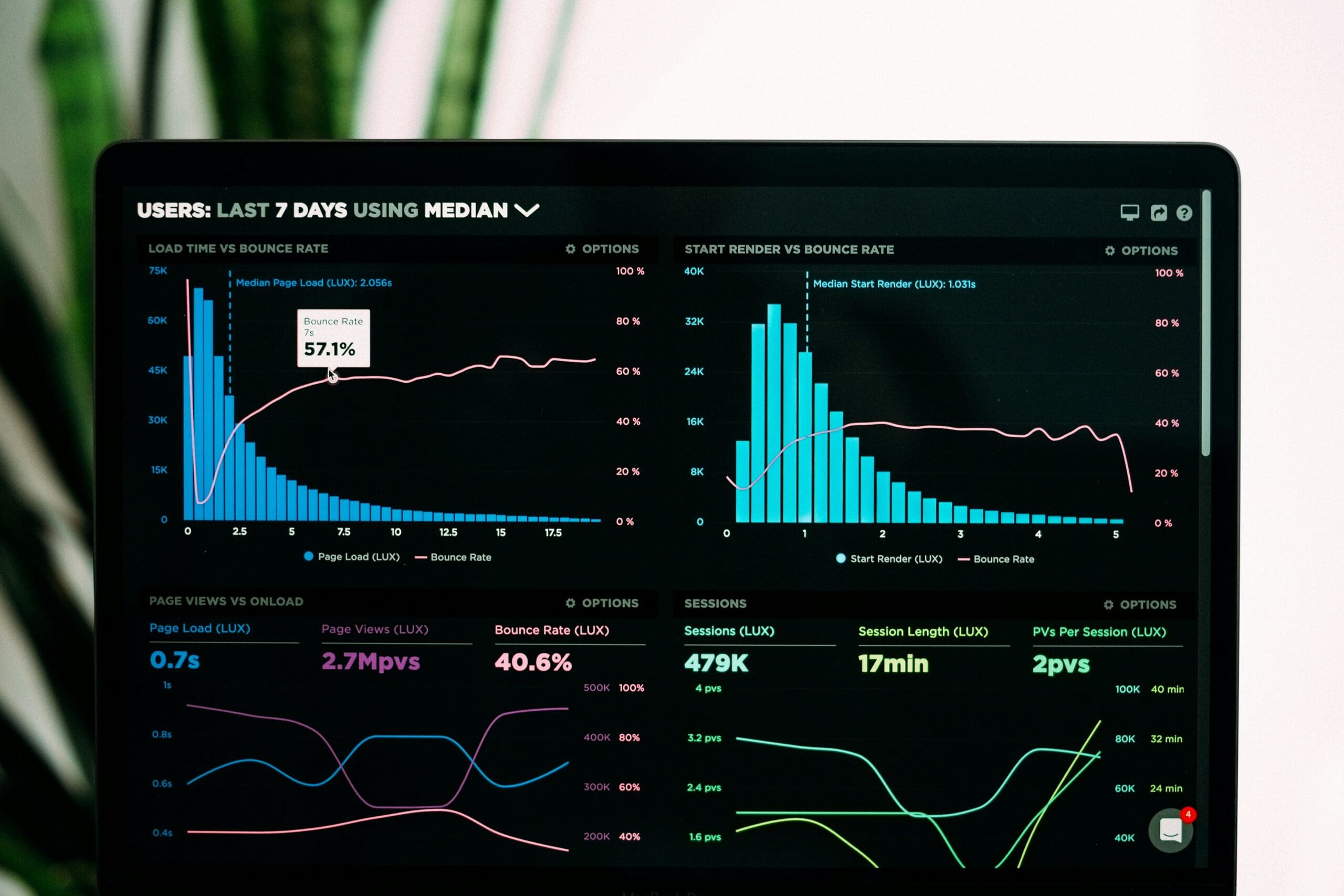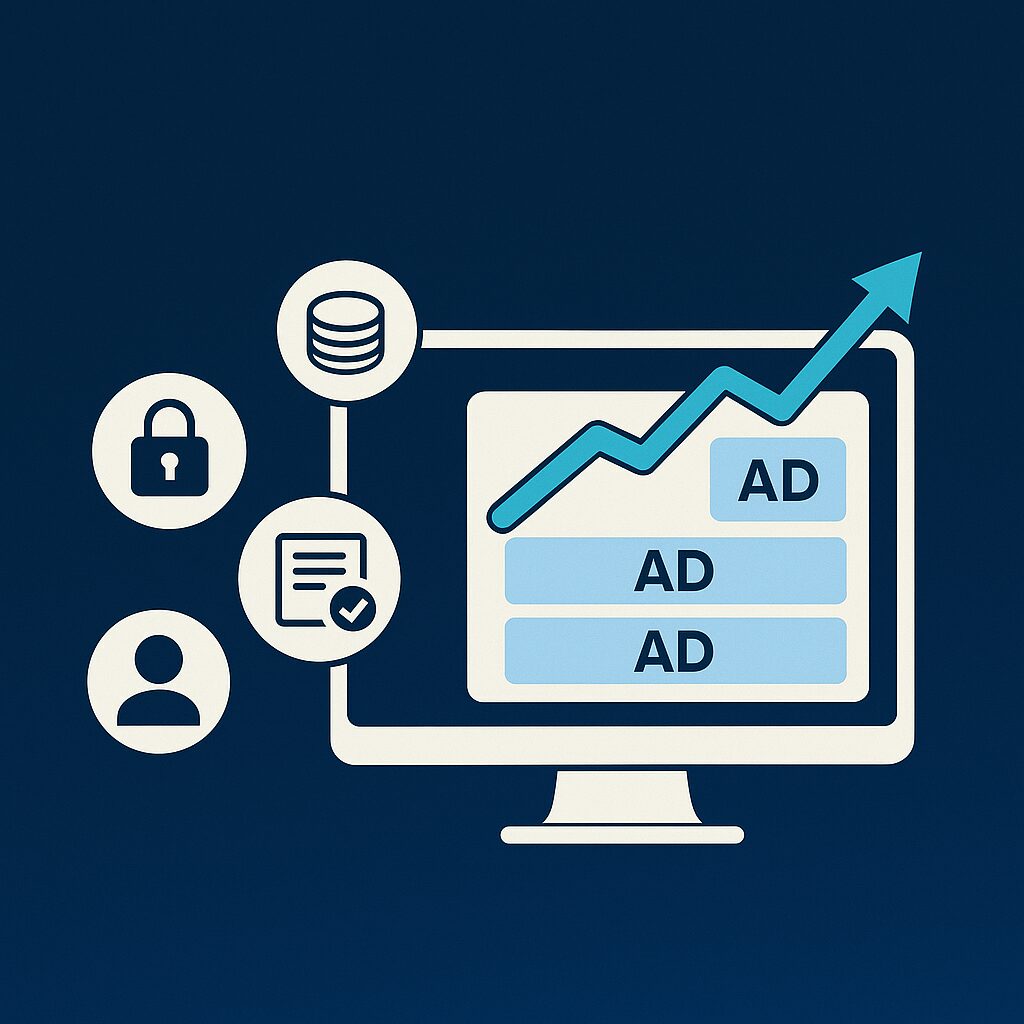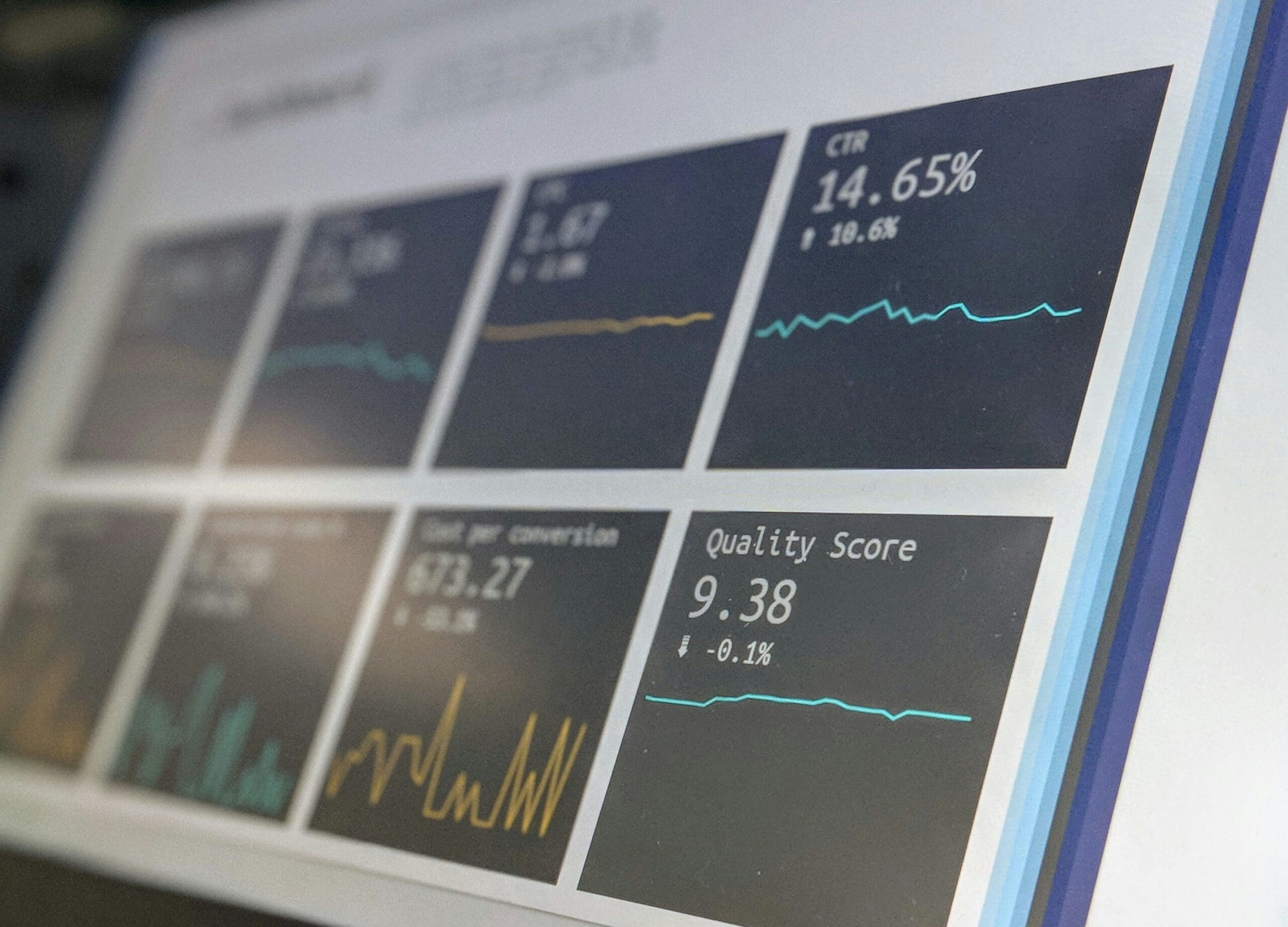Q2 typically brings stronger advertiser demand and higher CPMs, making it a key period for publishers to improve performance and test new strategies before the summer slowdown. It’s also the right time to move beyond surface-level metrics and focus on those that provide meaningful insight into revenue opportunities.
Here’s a breakdown of the most important metrics to track — and how to act on them.
RPM (Revenue per Mille): Assess Monetization Efficiency
RPM is calculated by dividing total ad revenue by pageviews and multiplying by 1,000. It reflects how well your pages are generating revenue across all ad units.
How to improve RPM:
- Use data-driven layouts to test and optimize ad positions
- Add high-value formats like native or video
- Ensure mobile responsiveness and fast load times
- Apply behavioral and contextual targeting
RPS (Revenue per Session): Maximize Revenue per Visit
RPS measures total revenue divided by user sessions, multiplied by 1,000. It shows how effectively your site monetizes user visits — factoring in both engagement and ad performance.
If RPM is strong but RPS is underperforming, your layout, load time, or content flow may be limiting how much value you get per visitor.
How to improve RPS:
- Streamline user experience to reduce bounce and increase session length
- Optimize navigation and load times
- Use recirculation modules to keep users on-site
- Test ad density and formats for a better balance between monetization and engagement
CPM (Cost per Mille): Optimize Yield, Not Just Price
CPM reflects how much advertisers are paying for 1,000 impressions. While useful for gauging demand, it doesn’t account for fill rate or user behavior.
How to improve CPM:
- Add premium formats (video, sticky, rich media)
- Enable hybrid header bidding
- Integrate alternative IDs and first-party data to increase addressability
- Package inventory based on high-performing audience segments
Note: Raising floor prices can lift CPMs but may lower fill rates. Always monitor the impact on overall revenue.
Viewability Rate: Unlock Higher Demand
Advertisers increasingly optimize toward viewable impressions. Low viewability can result in fewer bids and lower CPMs.
How to improve viewability:
- Reposition underperforming units
- Reduce layout shifts and lazy load ads responsibly
- Monitor viewability by device and placement
Improving this metric directly impacts advertiser interest and programmatic yield.
Identity Match Rate: Improve Addressability Across All Traffic
With cookieless traffic growing, your ability to identify and segment users, especially on Safari and Firefox, directly affects revenue.
Adapex’s Data Refinery boosts identity match rates with a privacy-compliant mix of universal IDs and AI contextual signals.
How to improve match rate:
- Implement multiple identity solutions
- Use first-party data and hashed email strategies
- Monitor performance across browsers and partners
Emerging Revenue Channels: Adding Value with Audio
Digital audio continues to grow as a high-engagement, low-disruption format. With tools like Rubio AI, publishers can enhance the user experience with personalized podcast recommendations and monetize through dynamically matched audio ads.
Why it’s worth testing:
- Offers a new stream of revenue without adding visual clutter
- Aligns with increasing consumer demand for audio content
- Easy to implement with a full-stack solution from content discovery to ad delivery
Adding audio can increase session depth and revenue without compromising user experience.
Balance and Optimization
Tracking CPM, RPM, and RPS together gives a fuller picture. Optimizing one at the expense of another can reduce overall yield. For example:
- Raising CPMs may reduce fill rate
- Increasing RPM by adding more units may lower RPS due to UX issues
Start with RPS to understand session value, then use RPM and CPM to identify where to improve.
Next Steps
Q2 offers the right mix of advertiser demand and runway for experimentation. Use this time to review key performance metrics, identify gaps in revenue, and test new formats or strategies that can improve monetization. Focusing on RPM, RPS, viewability, and identity match rates now puts you in a strong position for Q2 and heading into the second half of the year.



